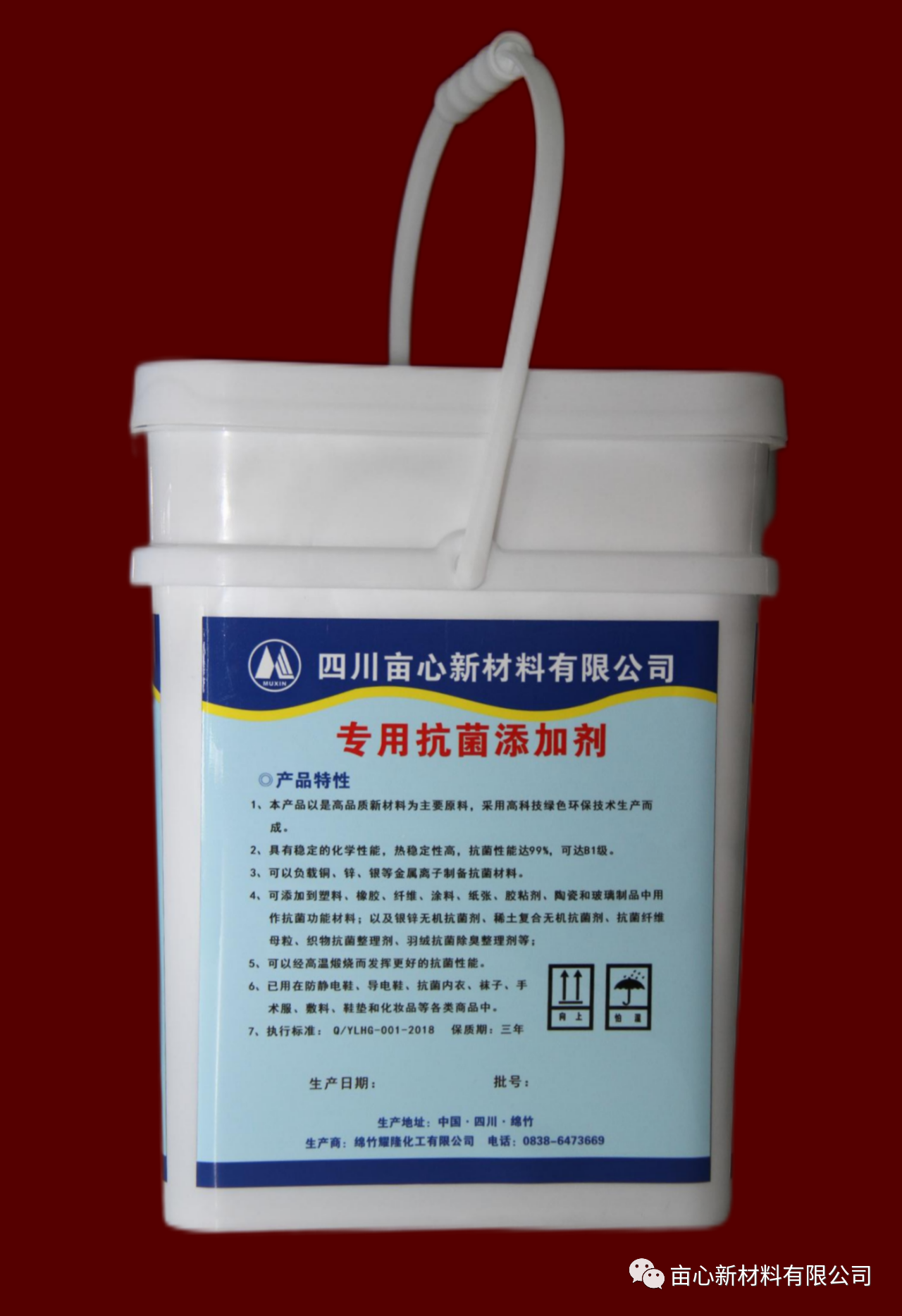The National Day offering by Resin&Zircon New Material Ltd. ---Anti-bacterial Additive:
2022-02-25
Want to know why it is said that eating leftovers is unhealthy? Want to know why vegetables, fruits and the like grow white hair and become particularly disgusting after being placed for a period of time? Want to know why yogurt has such a unique taste?

Today's absolute protagonist – microorganisms, an ancient product that has lived on the earth for three billion years. It was once the only life form on the earth.
2. They occupied every corner of the land, sky and water, promoted chemical reactions, created the biosphere and created conditions for the evolution of multicellular life.

This is the era of microorganisms. It was, is and will be until the end of the world.
The classification of microorganisms, most of which belong to non-pathogenic and even beneficial microorganisms, widely exist in nature, human skin and mucous membrane surface and so on.
Bacteria are closely related to human life. They control our taste, emotion, lust and even thinking in every corner of the human body, skin and all organs, making us happy and worried.

All kinds of microorganisms not only have such great differences in appearance, but also play a very different role in actual production and life. For example, typhoid bacillus can cause typhoid disease, dysentery bacillus can cause dysentery disease, Vibrio cholerae can cause cholera and so on, which endanger the health of people and livestock. However, not all microorganisms are so terrible. For example, an appropriate amount of lactic acid bacteria in human intestines can help gastrointestinal digestion; Some actinomycetes can be made into antibiotics to resist the infection of virus; Microorganisms can also be used to make wine, bread, pickled vegetables and so on. Most bacteria begin to enter our body when we are born, reproduce in our body and coexist peacefully with us. Without them, we will not be able to survive. However, there are still bad members in bacteria - pathogenic bacteria. Pathogenic microorganisms refer to microorganisms that can cause some diseases of animals and plants, accounting for a small number. For example, influenza viruses can cause influenza in humans and birds. Another part is conditional pathogenic bacteria.
3. At present, the deterioration of living environment caused by bacterial infection has attracted more and more attention.
Therefore, the use of antibacterial materials and antibacterial agents to inhibit the reproduction and growth of harmful bacteria is of great significance to reduce diseases and protect human health. Antibacterial agent refers to the chemical substance that can keep the growth or reproduction of some microorganisms (bacteria, fungi, yeasts, algae and viruses) below the necessary level within a certain period of time. This material is very important to the development of human antibacterial industry. People have been looking for better antibacterial materials since ancient times. From ancient times, people began to use antibacterial materials. It was found that the water retained in silver and copper containers should not deteriorate. Later, the rich people in the Imperial Palace used to use silver chopsticks when eating, and the folk used silver to make jewelry. Chinese people began to realize that silver has antibacterial effect very early.
According to the different chemical composition of antibacterial agents, antibacterial agents can be divided into three categories: inorganic antibacterial agents, organic antibacterial agents and natural antibacterial agents. These antibacterial agents have different abilities in inhibiting bacterial reproduction and growth, and have their own advantages and disadvantages. However, traditional antibacterial agents have various problems in the process of long-term use, such as rapid dissolution, short antibacterial validity, poor weather resistance, easy color change and easy agglomeration. Some antibacterial agents have great irritation to the skin and narrow antibacterial spectrum. Long-term use can also lead to the emergence of drug-resistant strains.

The National Day offering by Resin&Zircon New Material, introduces the composite antibacterial additives which can achieve continuous antibacterial. The antibacterial agent has the capacity of ion exchange and ion affinity, acid and alkali corrosion resistance, high temperature resistance, and functional treatment which can be carried out between the laminates according to the needs, so as to achieve better antibacterial effect, overcome the shortcomings of a single antibacterial agent, and can well meet the requirements of antibacterial performance, heat resistance, durability and safety. It is very suitable for antibacterial products with high forging and sintering.







